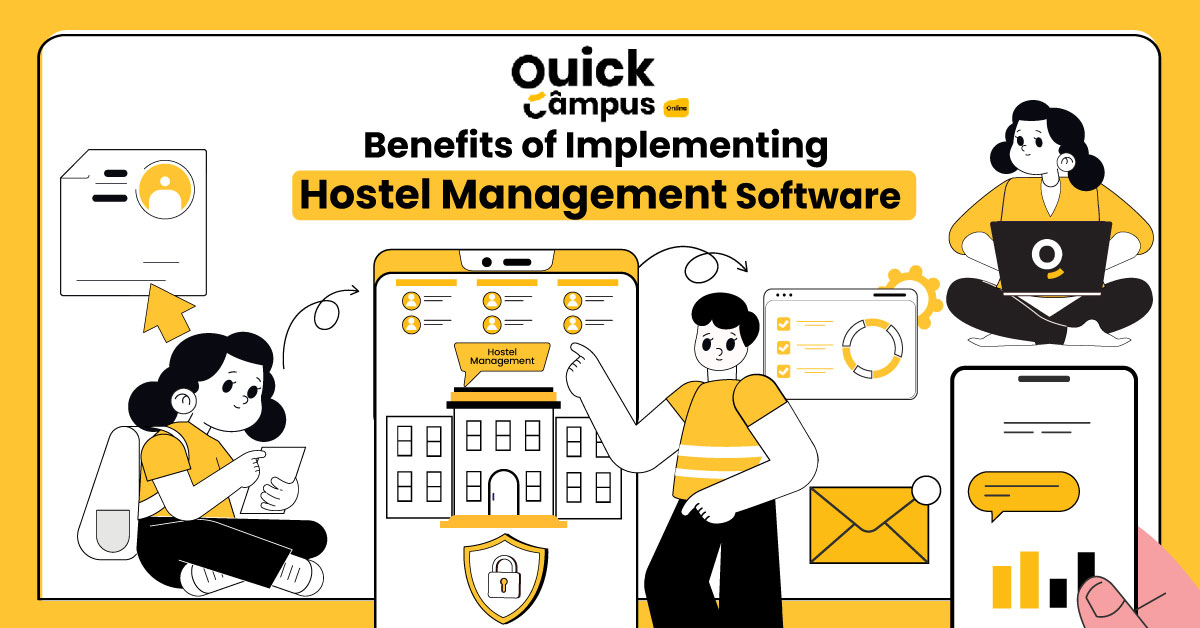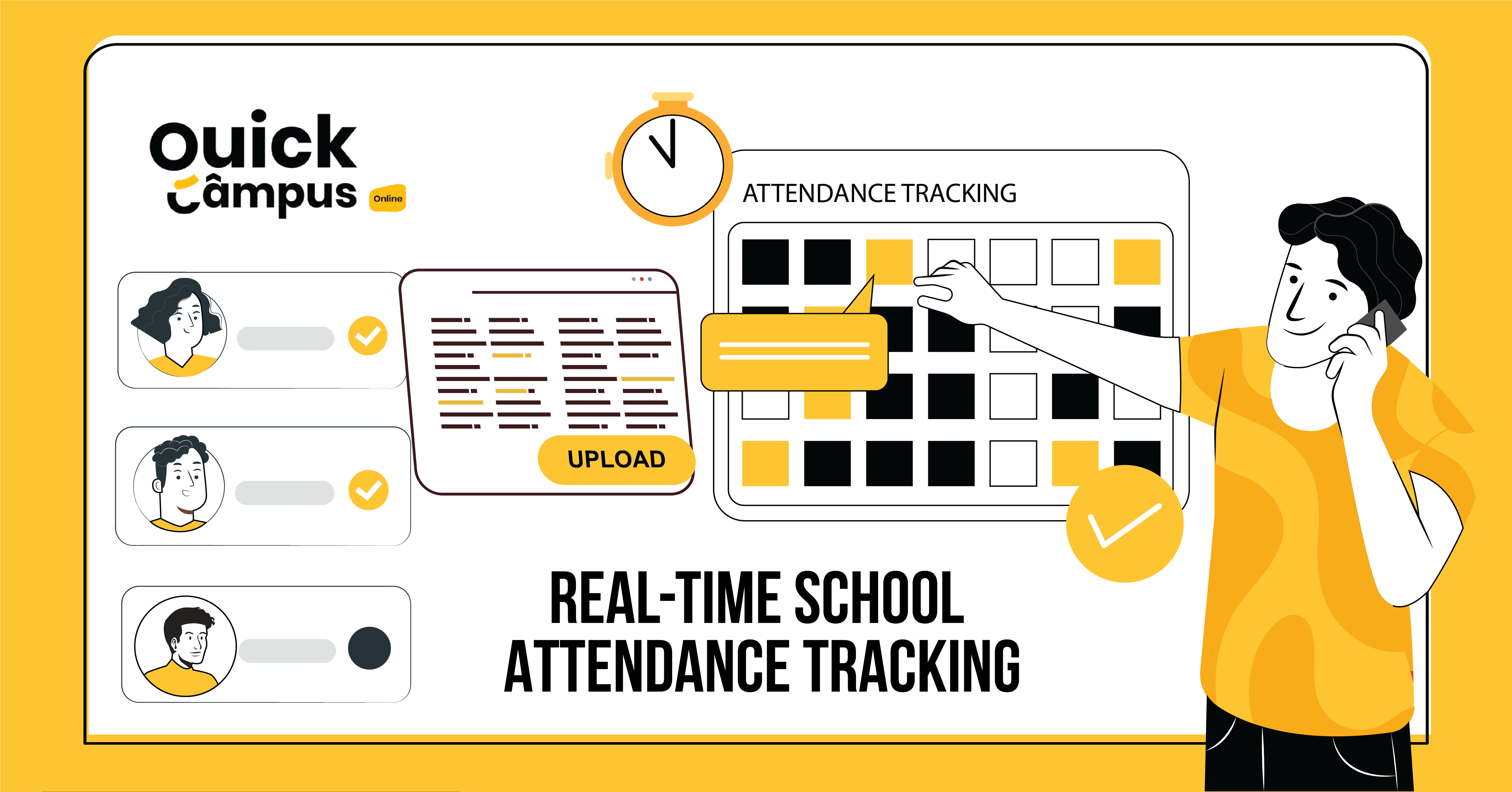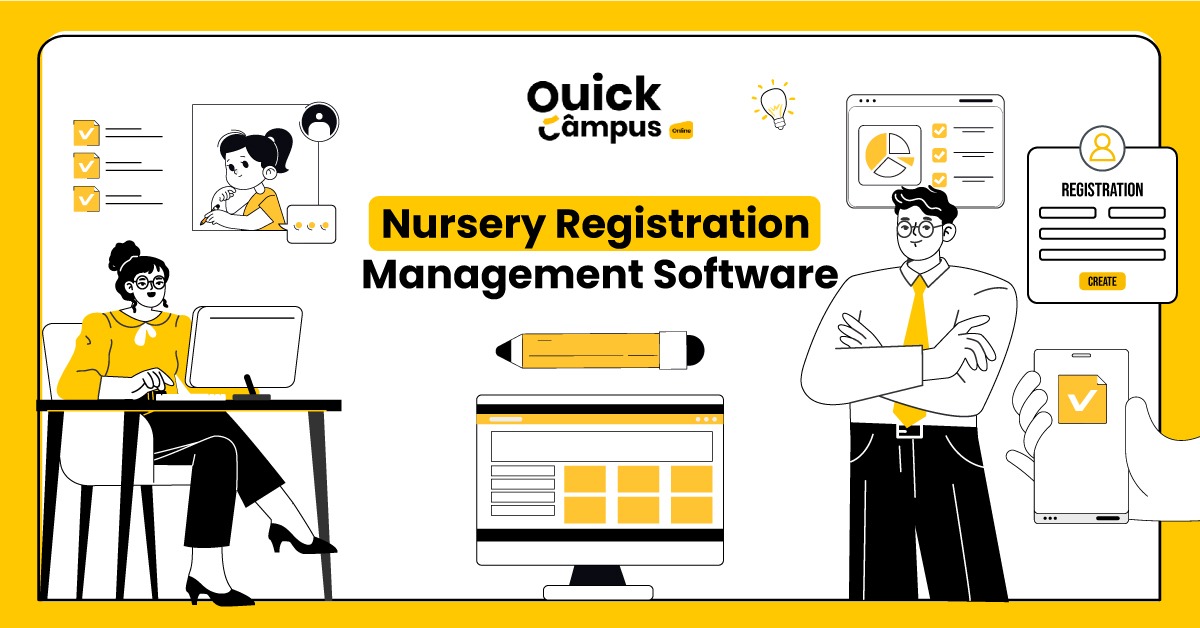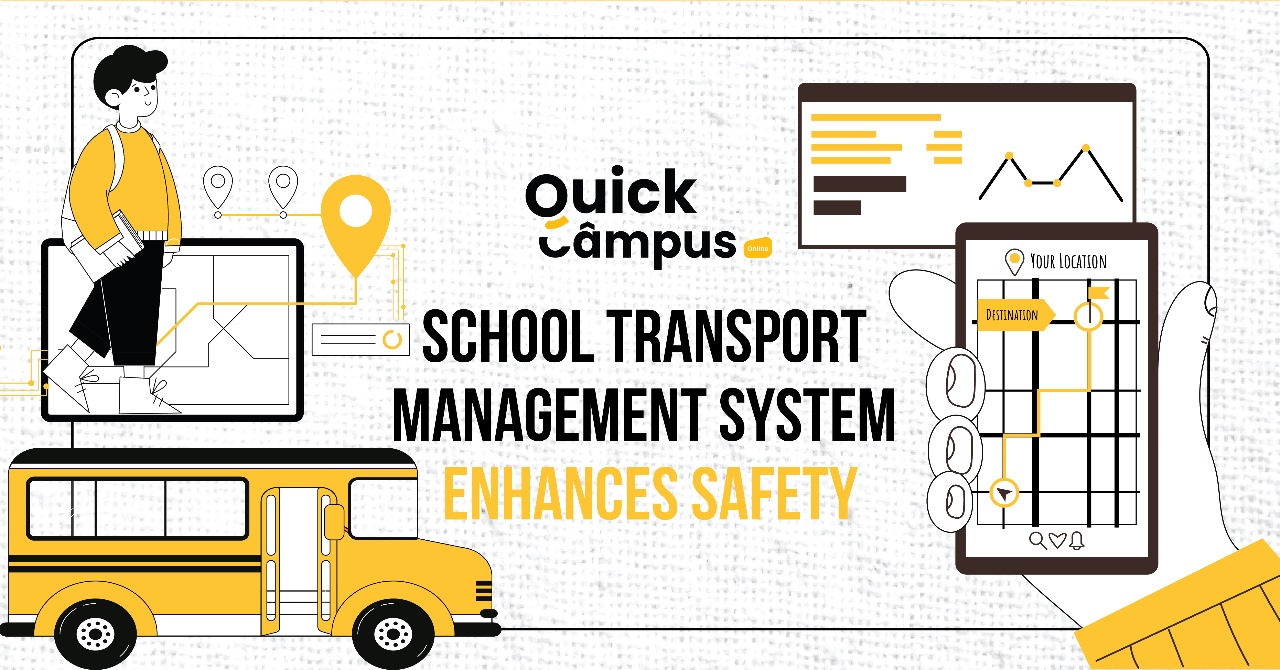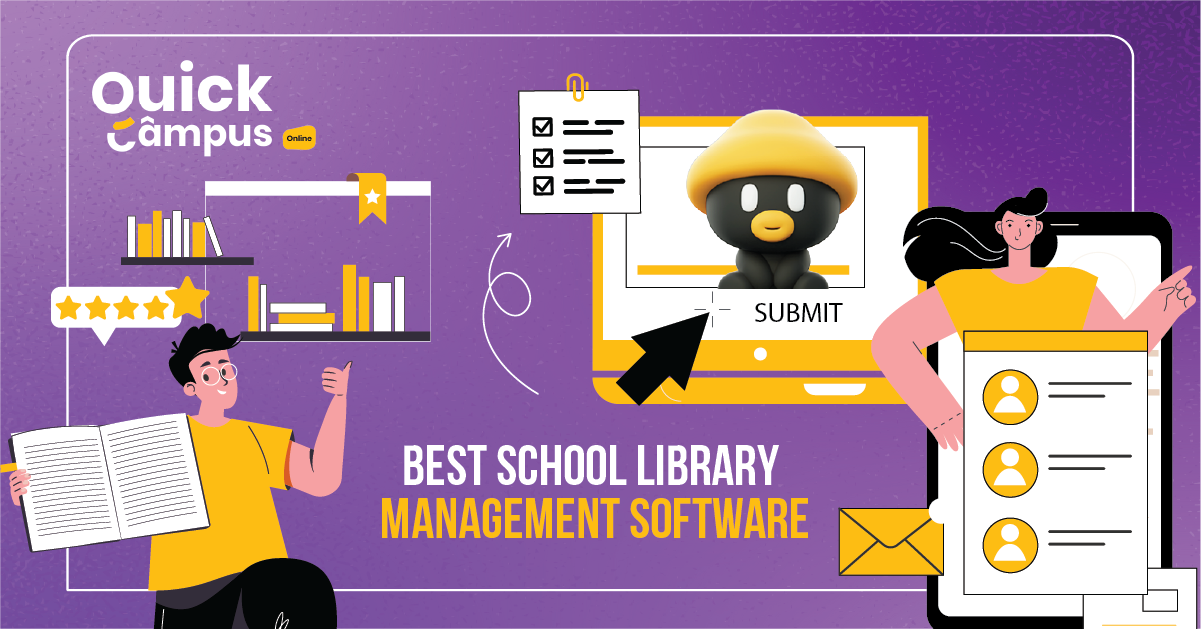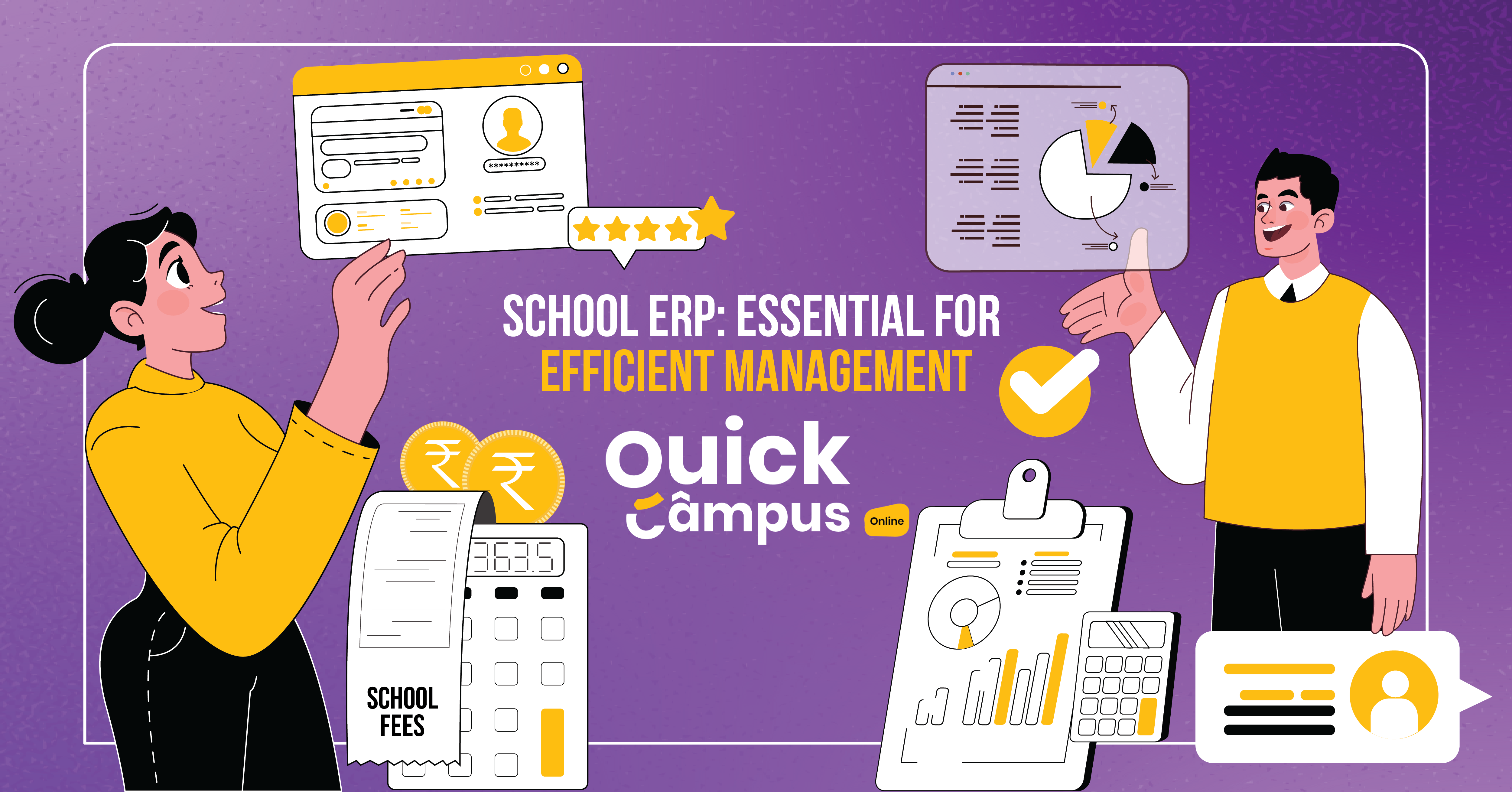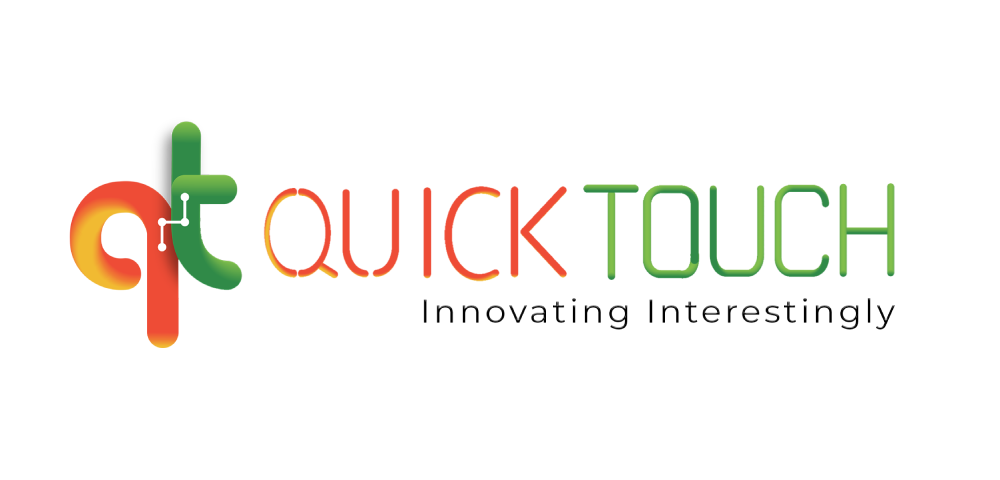Fit, Fun, Learn AR In Education For An Active Mind!
Augmented reality (AR) has made education more exciting and effective for both teachers and students. It offers immersive and interactive experiences that revolutionize the learning process. This article presents the top AR in education examples that benefit education and help in improving outcomes. But before that, let’s know more about the role of AR based learning.
What Is Augmented Reality In Education?
Augmented reality in education refers to the use of technology to overlay digital information and media onto the physical world. This can involve using smartphones, tablets, and headsets to bring 3D models, animations, text, images, video, audio, and other virtual elements into a real-world learning environment. Augmented reality provides an interactive and immersive educational experience by combining digital enhancements with the physical classroom.
Top 10 Augmented Reality Examples In Education
There are plenty of ways through which AR can be integrated into education to improve the learning experience. Some of the top ones out of them are:
1. Learning Anatomy with AR
AR is changing how anatomy is taught. Students can now interact with 3D human body models in real time. AR software like Complete Anatomy and Visible Body makes learning more engaging and effective by allowing students to explore complex anatomical structures from different angles.
2. Geography Made Interactive with AR
AR enhances geography studies by letting students explore and interact with various regions and landscapes in real time. Apps like GeoGebra AR and Aug That! World Explorer provides opportunities to delve into cultures, climates, and environments, promoting a deeper understanding of the world.
3. Language Learning with AR
AR is transforming language acquisition. Rather than using ordinary language learning apps, students can now use apps like MondlyAR and HoloStudy offer interactive and immersive experiences that allow students to practice speaking and listening skills with virtual characters and real-time translations. This makes language learning more engaging and effective.
4. History Brought to Life with AR
AR breathes life into history lessons by immersing students in different time periods and events. AR-based software like Time Traveler and Civilisations AR enables students to explore historical sites, artifacts, and events, fostering a deeper understanding and appreciation of history.
5. Science Enhanced with AR
AR revolutionizes science education by helping students visualize and interact with complex scientific concepts in real time. Apps like Elements 4D and Augment let students explore elements, molecules, and chemical reactions, enhancing their understanding and engagement with scientific concepts.
6. Art Explored through AR
AR enriches art education with interactive experiences that encourage creativity and exploration. AR Apps like Artivive and SketchAR allow students to create and manipulate virtual art in real time, deepening their understanding of different art forms.
7. Math Made Visual with AR
AR benefits mathematics education by providing interactive experiences that help students comprehend complex mathematical concepts. Augmented reality apps like MathAlive and DragonBox let students explore and manipulate math concepts in real time, enhancing their understanding and engagement with the subject.
8. Environmental Education with AR
AR is crucial in transforming environmental education by offering interactive experiences to understand various environmental concepts in real-time. Apps like Ecotales and WildlifeAR help students explore different ecosystems, endangered species, and environmental issues, fostering a greater understanding and appreciation of the natural world.
9. Physical Education Boosted with AR
AR enhances physical education by engaging students in various physical activities in real time. Fitness AR and Zombies, Run! are examples of AR fitness apps that allow students to participate in workouts and challenges, boosting their engagement and motivation.
10. Cultural Education with AR
AR benefits cultural education by providing interactive experiences that allow students to explore and understand diverse cultures in real time. AR Apps like Culture Trip and ARtGlass let students explore cultural artifacts, landmarks, and events, enriching their understanding and appreciation of different cultures.
The use of AR in education opens up countless possibilities and makes remembering things easy even for weak students. Through immersive and interactive experiences, AR transforms how we learn and enhances learning outcomes in various subjects, from basic to advanced levels.

